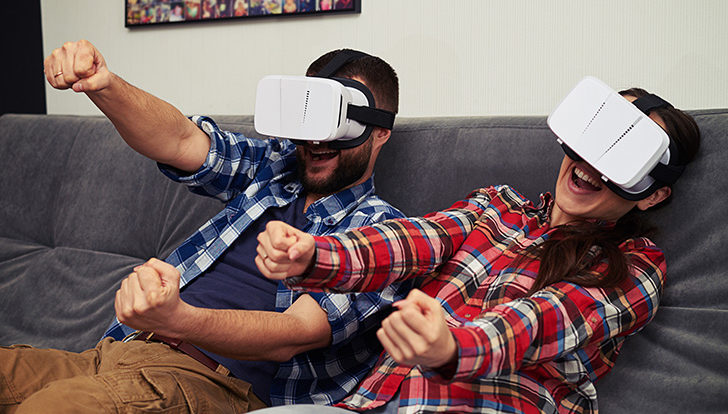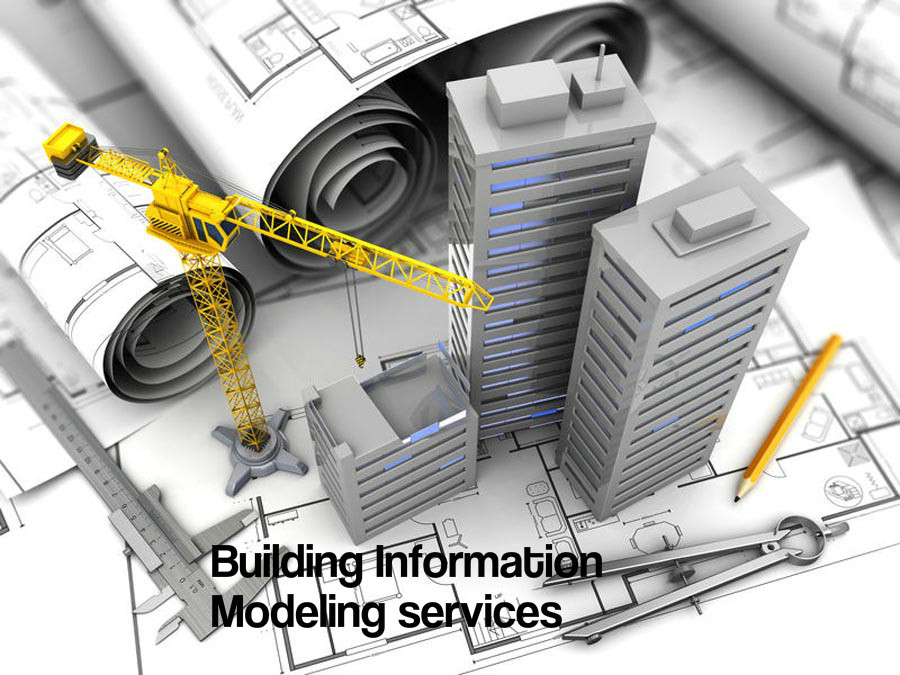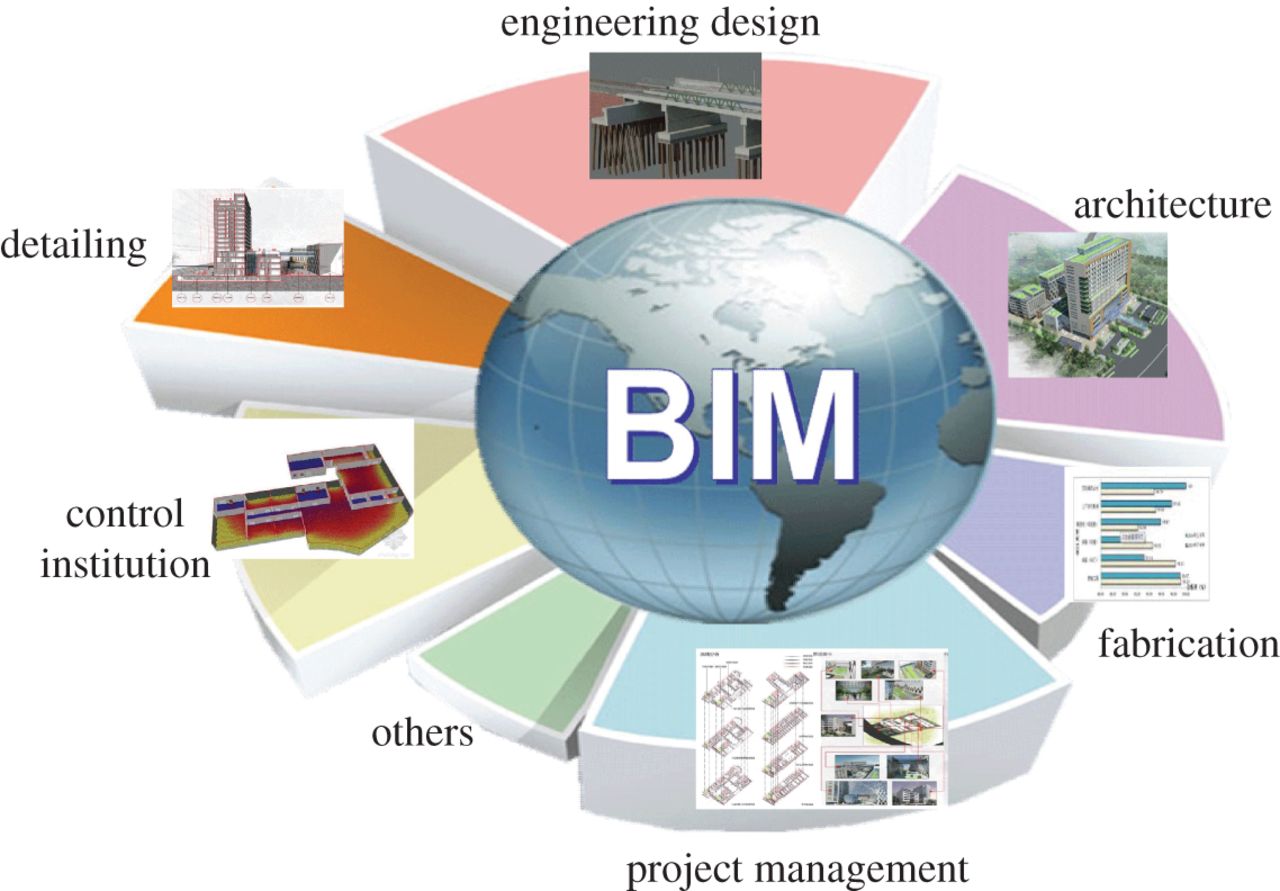
Virtual Reality is a believable and interactive 3D virtual world, created by a computer for you to explore and feel like you really are there, mentally and physically.
You’re reading a book, and start imagining yourself in it, or say you’re looking at a painting of old Greece, and start imagining you’re taking a walk there. Sounds like a virtual reality right? Well, virtual reality is more like experiencing things that don’t really exist, through our computers.
Let’s understand this better – say you’re on Mars, or say dancing on stage with fairies. You’re probably never going to Mars, right? And we don’t know for sure if fairies exist! But if virtual reality is to fulfill all that it promises, then you’ll be doing all of this, without even leaving your cozy house!
What is Virtual Reality?
- Computer-generated: Only efficient machines, with the right technology, are capable enough of creating believable and interactive and explorable virtual worlds.
- Believable: You need to believe the illusion of the virtual world. You really need to feel like you’re on Mars!
- Interactive: The reality you’re into should feel like one. When you move, it needs to move too. If you’re walking on Mars, you need to see the surroundings too. Only then will it feel real.
- Explorable: Just like the virtual world should be interactive, it also needs to be explorable. It should have explorable and have ‘real’ surroundings so that you get the maximum experience.
- Immersive: It needs to engage your body and mind. Not all of us can sit in a cockpit and fly a plane. But the virtual world you’re in will allow you to be the pilot. The scenery will keep changing and you’ll feel like you’re actually flying this thing.
Virtual Reality is mostly used for gaming and 3D cinema. Apart from this, it has also been a great help in medicines, psychology, and robotics. It has proven to be of use in education, astronaut training, flight simulations, military etc. It might be a buzzword in gaming and 3D movie domains, but here are a few bigger variations,
- Fully immersive
- Non-immersive
- Collaborative
- Augmented Reality
The first virtual world was created in 1970’s. More programs were created in the 90s. When more technological advancements took place and were commercially available, VR festivals began by 2010. With its current progress rates, it has also spread its wings towards the e-commerce and digital marketing domain.
In terms of Industrial design and architecture, they now make virtual reality models which you can actually explore, instead of building card and paper models. It is much easier, and cheaper to design things on a computer than making paper cut-outs, right? Virtual reality in this domain has left computer modeling behind; instead of making a simple 3D visual model, you can actually explore what you’re creating, and do all the maths related to its aerodynamics, and test it for safety and other qualities.
Pros and Cons of Virtual Reality:
Virtual reality has both good and bad points, just like any other technology. A lot of critics believe that people might be seduced by virtual or alternate realities so much so that they end up neglecting what’s actually real. But after a lot of debating and discussing, in the end, it is a question of ethics – What’s real anyway? And who tells us that? You don’t have to use VR if you don’t want to, but it takes nothing away from your real life.
Although, the promises that VR has been making have been brewing over the world, for a very long time now. While it may be of prime use in education, medical and military, it still hasn’t been adopted by the mainstream. The way we use our computers and smartphones is not the same way how we use VR.
While the tech industry is exploring new ways to amalgamate VR and mainstream, there’s still a long way to go; but the future looks bright!
Technostruct, as a veteran in this sector, have specialized in these services for many years and their experience has given them a holistic understanding to empathize with their clients.



